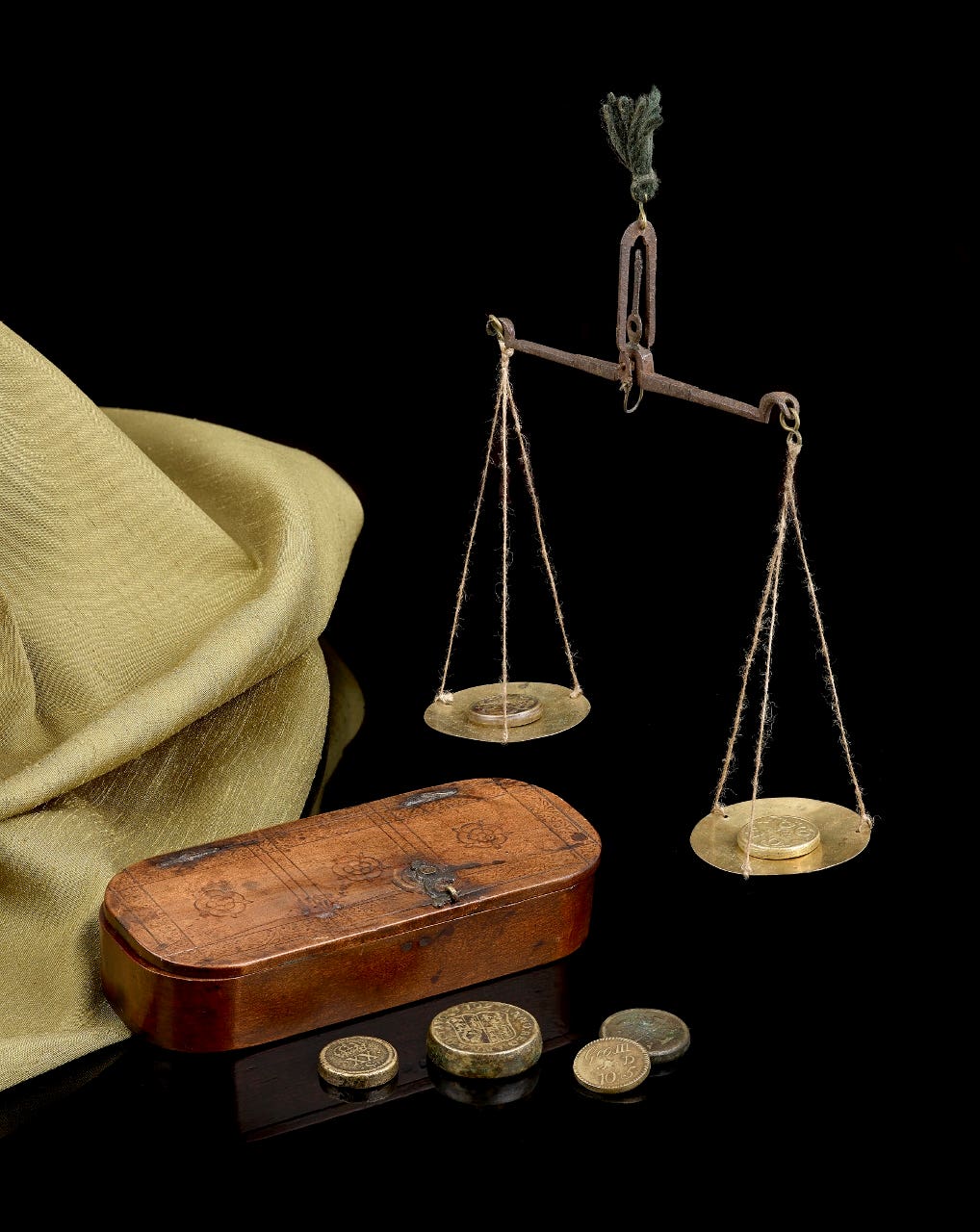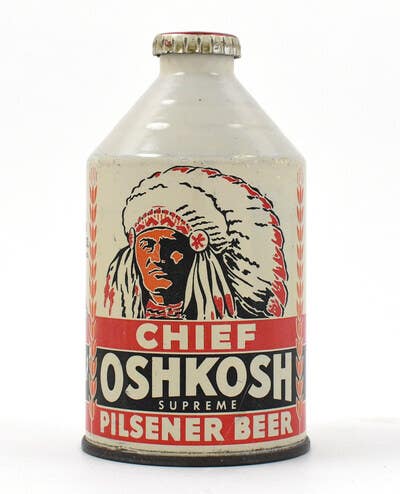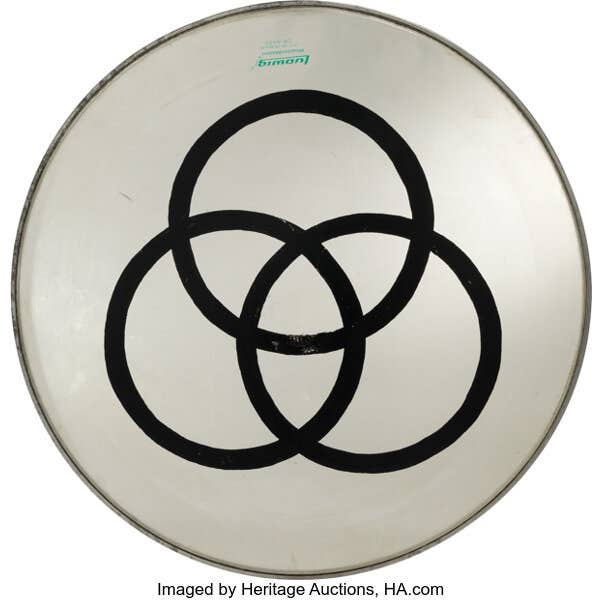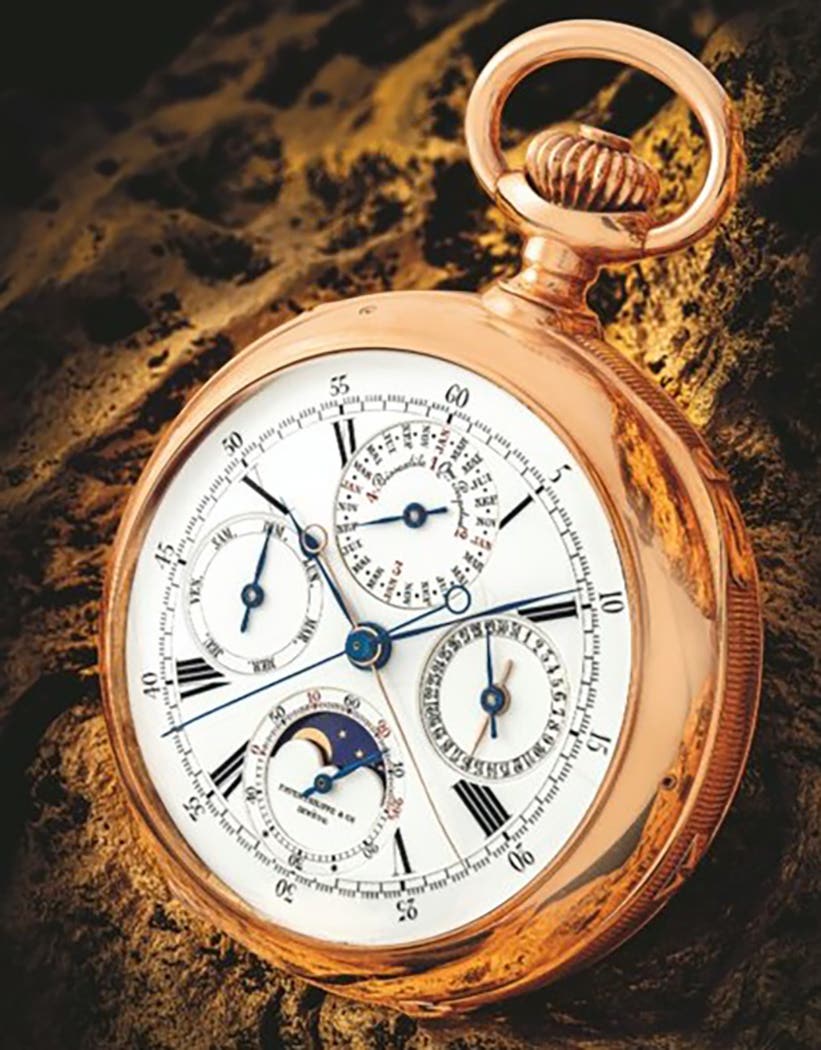Vintage recipes to try for Thanksgiving
Most everyone has their own must-have fare each year, and you can make your Thanksgiving meal as big or as small as you like, and as traditional or non-traditional —…
Most everyone has their own must-have fare each year, and you can make your Thanksgiving meal as big or as small as you like, and as traditional or non-traditional — think the feast of popcorn, pretzels, toast, jellybeans and ice cream sundaes thrown together for everyone in A Charlie Brown Thanksgiving.
But if you are up for adding something “new” to your table in the way of a vintage recipe, we looked through the online collection of “historically important” cookbooks in the public domain that the Henry Ford Museum has archived on its site at thehenryford.org/explore/recipes-and-cookbooks/ and rounded up a handful to share for consideration. While most of these recipes do not specifically state that they are for Thanksgiving, we think they would feel at home on a holiday table. Recipes are written exactly as they appear in these cookbooks, so keep in mind that baking times and temperatures aren’t included in most early recipes and modern cooks need to use their best judgment.
This is a traditional take on turkey and stuffing from Aunt Sammy’s Radio Recipes Revised. “Aunt Sammy,” a character created by the USDA, hit the radio waves in 1926 with informative and engaging talk about menus, recipes and other items of household interest. Housewives clamored for her recipes, many of which are included in this cookbook.
10- to 12-pound young turkey
1 pound large chestnuts
1/2 cup butter or 1/4 cup butter and
1/4 cup turkey fat
1/2 cup minced onion
1/4 cup minced parsley
2 cups chopped celery and tops
6 cups fine dry bread crumbs
2 teaspoons salt
1/4 teaspoon pepper
1 teaspoon savory seasoning
Draw and singe the turkey, remove the oil sac and pin feathers, cleanse thoroughly, and wipe dry. Cook the chestnuts in boiling water to cover for 20 minutes, remove the shell and brown skin while hot, and chop into medium-sized pieces. Melt the butter in a skillet, cook the onion, celery and parsley for a few minutes and stir frequently. Combine the bread crumbs, chestnuts, salt, pepper and savory seasoning, add to the celery mixture, and stir until thoroughly mixed and hot.
Sprinkle the inside of the turkey with salt and fill with the hot stuffing, but do not pack. Fold the wings back on the neck. Tuck the legs into a band of skin and flesh below the tail, or tie them down. Sew the cut surfaces so that the stuffing will not fall out or become moist when basted. After the turkey is stuffed and trussed, rub the surface with butter, sprinkle with salt, pepper and flour, lay a piece of fat over the breastbone, and put on a rack in an open roasting pan. Place in a hot oven (about 450 degrees F) for about 30 minutes to brown lightly. Reduce the oven heat to moderate (350 degrees F) and continue to roast for about 2-1/2 hours longer.
Baste occasionally with the drippings and turn the turkey first on one side and then on the other side, so that it browns well all over. Test for “doneness” by piercing one of the thighs near the breast; if the juice does not show a red tinge, the turkey is done. Serve on a large, hot platter garnish with parsley or celery tops, and make gravy with the giblets and drippings.
For an older turkey, as soon as it is browned, put a cover on the roaster and cook for about 4 hours.
Biscuits
This recipe for homemade biscuits comes from Buckeye Cookery, a cookbook organized as a fund-raiser by the ladies of a Congregational church in Marysville, Ohio, in 1876. It was a big hit with Midwestern housewives and was published in several more editions.
“One quart sweet cream or milk, one and a half cups butter or fresh lard, two tablespoons white sugar, one good teaspoon salt; add flour sufficient to make a stiff dough, knead well and mold into neat, small biscuit with the hands, as our grandmothers used to do; add one good teaspoon cream tartar if preferred; bake well and you have good sweet biscuits that will keep for weeks in a dry place, and are very nice for traveling lunch. They are such as we used to send to the army, and the ‘boys’ relished them ‘hugely’.” - Mrs. Colonel Moore, Hamilton, Ohio
Vegetable dishes
This vegetable side dish from Mabel Claire’s Macy’s Cook Book and Kitchen Guide for the Busy Woman from 1932 features summer squash, but we think it would be adaptable for any kind of squash or even pumpkin. Claire saw cooking as an art, offering practical advice and suggestions for sparking creativity while mastering culinary skills.
“Peel 2 summer squashes. Cut in small pieces and cook 20 minutes in boiling salted water. Drain, mash, add 1 tablespoon butter, 4 tablespoons cream and 2 tablespoons minced ham. Remove to utility dish. Cover top with buttered corn flakes. Bake in a moderate oven* until the corn flakes are brown. Serves 4.” (*A moderate oven is usually 350 degrees F.)
This vegetable dish stars beets and is from the 1951 The Busy Woman’s Cook Bookby Ann Williams-Heller. With the tagline, “Time! There’s not enough of it to go round!,” this guide showed busy women how to prepare tasty and balanced meals in under 30 minutes
Time of preparation: 10 to 12 minutes
1 tablespoon butter or margarine
1 to 1-1/2 cups cooked beets, sliced
1/8 teaspoon paprika
1/8 teaspoon salt or celery salt
1 small bay leaf
3 tablespoons orange juice
Heat fat in small saucepan; add all other ingredients and blend well. Cover, and simmer for 10 minutes or until thoroughly heated. Remove bay leaf before serving.
Dessert
Sweet potatoes are a common side dish at Thanksgiving, but if you want to try them in a pie this year instead, this recipe is from the 1881 cookbook, What Mrs. Fisher Knows About Southern Cooking. Abby Fisher moved from Alabama to California during the 1870s, where she sold pickles, jellies and preserves, and won an award at the 1879 Sacramento State Fair. Local San Francisco area women encouraged this African-American cook to capture her decades of Southern culinary experience in a cookbook. Mrs. Fisher couldn’t read or write, so she dictated the recipes.
“Two pounds of potatoes will make two pies. Boil the potatoes soft; peel and mash fine through a cullender while hot; one tablespoonful of butter to be mashed in with the potato. Take five eggs and beat the yolks and whites separate and add one gill* of milk; sweeten to taste; squeeze the juice of one orange, and grate one half of the peel into the liquid. Add one half teaspoonful of salt in the potatoes. Have only one crust and that at the bottom of the plate. Bake quickly.”
(*A gill in modern measurements is a 1/2 cup or 4 fluid ounces.)
In 1896, Fannie Farmer, a teacher at the Boston Cooking School, wrote her well-organized cookbook in easy to understand language. Women loved The Boston Cooking School Cook Book, which became one of the best selling cookbooks of all times. This recipe for Thanksgiving pudding is dated 1920:
1/3 cup suet
1/2 lb. figs, finely chopped
2-1/2 cups stale bread crumbs
3/4 cup milk
1 cup brown sugar
1 teaspoon salt
3/4 teaspoon cinnamon
1/2 teaspoon grated nutmeg
1/2 cup English walnut meats
1/2 cup raisins, seeded and cut in pieces
2 tablespoons flour
4 eggs
2 teaspoons baking powder
Chop suet and work with the hand until creamy, then add figs. Soak bread crumbs in milk, add eggs well beaten, sugar, salt and spices. Combine mixtures, add nut meats and raisins dredged with flour. Sprinkle over baking powder and beat thoroughly. Turn into a buttered mould, steam three hours, and serve with Yellow Sauce II*, flavored with brandy.
As this sauce uses wine, we are assuming that for the pudding, you would just substitute the wine for brandy. Also be cautious that this recipe uses raw eggs. You may just want to use your own favorite sauce with the pudding, with or without the recommended brandy.
2 eggs
1 cup powdered sugar
3 tablespoons wine
Beat yolks of eggs until thick, add one half the sugar gradually; beat whites of eggs until stiff, add gradually remaining sugar; combine mixtures, and add wine.








